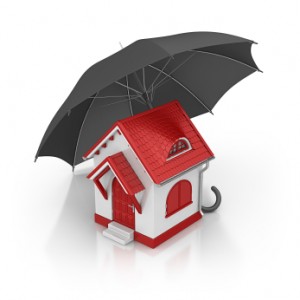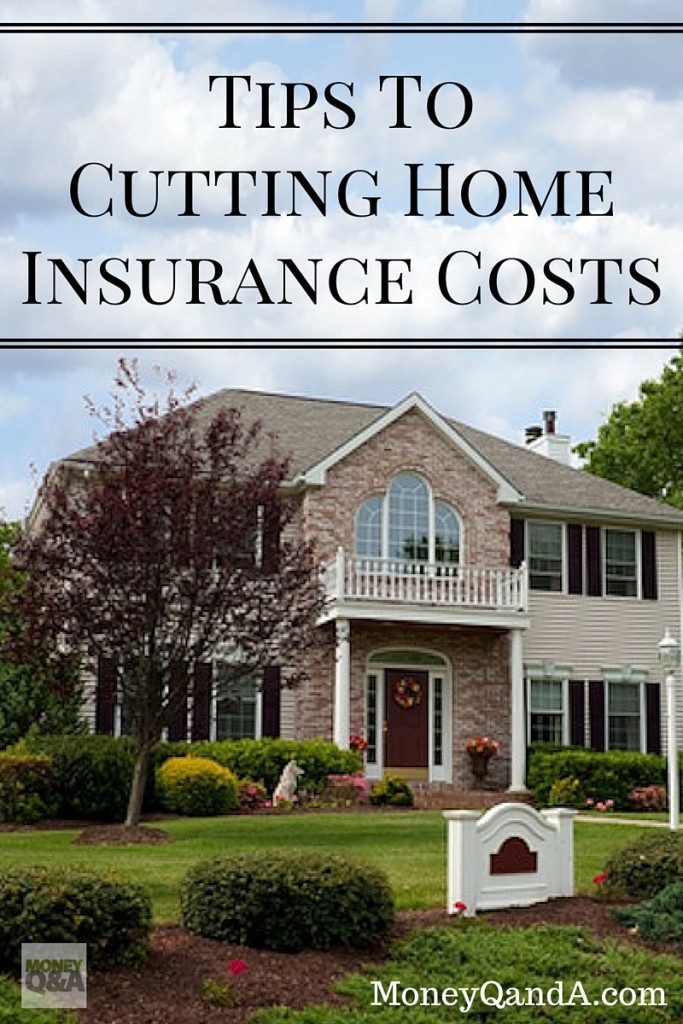
Home insurance is an essential expense, given the exorbitant cost of living in this present world. After having to invest heavily in a new house, it is important for homeowners to plan for any unexpected repairs that may be required to ensure the structural stability and usability of the house. It is also equally important to secure personal possessions at all times.
There are several types and levels of home insurance spanning coverage for the structure, contents, utilities, natural disasters and so on. The value of the policy varies and is usually based on the nature and extent of cover opted for. While the responsibility of insuring the building or structure largely lies with the owner of the property, insurance home contents are equally important for both owners and tenants.
Home Insurance – Insuring Home Structure
Buying a home insurance policy to cover structural damages in the property is essential, given the need to maintain the home comfortable, safe, and secure at all times. Your building needs to be adequately protected, as without it, you’re going to end up needing the help of an insurance adjuster to get paid after structural damage occurs. If you are smart about your home insurance, you’re going to find that you need to ensure that your policy is watertight in case of issues with the building. Your insurance should come from the best out there, and research is a must to help you with this one!
Buildings are often damaged by natural calamities, fire accidents, or sporadic incidents of arson or looting in a given locality. Repairs, however, may be mandatory, given the extent of damage and it may prove costly as well. Suitable home insurance at a reasonable premium helps owners restore their living space without having to worry about the costs of repair.
Age of the building, its stability, and market value determine the value of insurance coverage. Adequate safety and security features, and insurance excess help keep premiums low, making the coverage affordable for members belonging to different social strata.
Insuring Home Contents
Precious personal possessions, expensive home appliances and electronic devices, designer décor, art pieces, antique furniture, and even clothes and utensils need cover, especially when faced with the worst natural calamities. Content insurance help address this need; however, not all schemes cover all types of content. Do read the small print and assess insurance requirements before opting for a suitable insurance scheme.
Miscellaneous Cover
Optional emergency cover to address damages in the utility infrastructure of homes such as heating, cooling, electrical and plumbing installations is also available to remedy such problems in a cost-effective manner.
Insurance providers may offer home content insurance at discounted rates, in case, a buyer opts for a building insurance, resulting in a cost-effective bundle offer. It is, however, important to read through the exceptions and exemptions before opting for a suitable home insurance policy.
Cash Value vs Full Replacement Cost Insurance
When looking at insurance policies for your home, you have a ton of different options and amendments to choose from. One of the most neglected details but the most important should you ever file a claim is the difference between choosing the actual cash value or full replacement cost.
Should the need arise to file a claim for your home, your insurance company will use one of these two methods to decide how much to pay you. And your choice when it came to checking which box can make a huge difference. Here is what you need to know about each option when insuring your home.
What Is Actual Cash Value
The actual cash value is a method valuing insured property in which depreciation is subtracted from the actual replacement cost. This depreciation is usually calculated by establishing a useful life of an item and determining what percentage of that useful life remains. The useful life of most household items is standardized across the insurance industry.
For example, say you owned a 50” plasma television that you purchased five years ago for $1,000. Let’s say you could buy the same size and quality of televisions today for $750. The standard useful life for televisions is 10 years. So, your Actual Cash Value for the television would be $375 ($750 times 50%).
What Is Full Replacement Cost
On the other hand, you can opt to have the full replacement value when insuring your home. This refers to the amount it would cost to replace an asset at the present time, according to it’s worth. This is different from the actual cash value, which is more like the current market value.
With this option, a common stipulation is that the actual asset must be repaired or replaced before the cost can be paid.
Using the above example, the insured would receive the $750, which is the current day value of the same television.
Which Insurance Policy Is Better?
If you’re deciding which is better, it is important to note that insuring for the full replacement cost usually costs more on your annual insurance premium. As such, you should weigh the costs of a higher premium, to possibly paying more if you should need to file a claim. I am a big fan of purchasing insurance that provides full replacement cost for your possessions should you need to file a claim.

